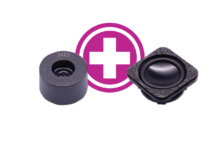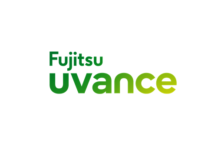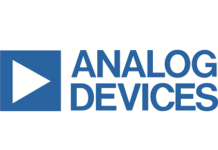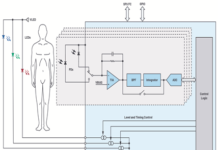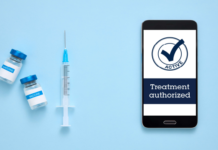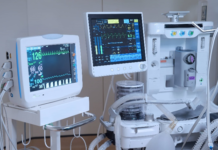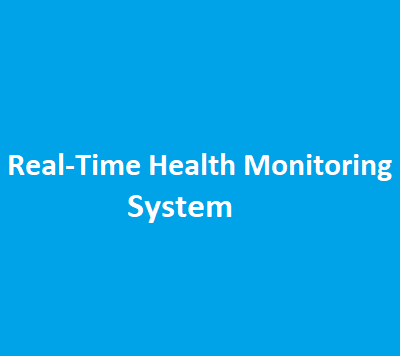
Thanks to technology, the healthcare sector can now develop real-time health monitoring systems to monitor the health progress of patients in remote areas, or even the general public in such areas. Wearables play a major role in collecting and transmitting data to relevant analysis centers through the use of health apps and software.
Stakeholders in the healthcare sector such as clinics, health institutions, and the government can leverage custom real-time health monitoring systems designed, developed, and managed by outsourcing companies to succeed in this initiative.
So, how should they go about this? Here are all of the important insights to understand.
How Real-Time Health Monitoring Systems Work
As hinted, the real-time health monitoring systems work by capturing data from targeted patients or people, decoding it, and transmitting it to a certain data center for analysis. The most vital part is using an appropriate app or software developed by professionals to ensure that accurate data is captured.
The hardware used includes wearables and other gadgets that can capture the patients’ data in real-time. Therefore, the developer must also think about the hardware to ensure that it is compatible with the developed software and apps.
Developing Real-Time Health Monitoring Systems
Most healthcare institutions do not have the relevant resources to develop such sophisticated apps and software to monitor the health progress of people in real-time. Therefore, they rely on third-party software development experts such as Empeek to come up with modern real-time health monitoring systems to suit their needs.
These software development companies have the right resources to design, develop, and roll out such systems. However, they charge a substantial amount of money for such systems, so the health institutions must have the right budget.
Before developing the system, the experts engage with the health organizations in detail to ensure that all important considerations are made. This step is also crucial for the integration of the system into the targeted patients. At some point, the experts will also need time to train the real-time health monitoring users.
Benefits of Real-Time Health Monitoring Systems
A successful real-time health monitoring system has numerous benefits for both the users and the health organization. Here are some of them:
· Early detection of health issues such as changes in vital organs and unwanted health trends, enables early prevention and treatment.
· Provides patients with preliminary data to understand their current health status and align it with the right health trends.
· It also provides data for various health research, enabling experts to write reports, journals, and publications.
· Provides the government with data to manage the health issues affecting its people, make policies, and align resources to meet the health needs of the state.
· Real-time health monitoring helps to make budgets and plan resources for patients in remote areas. This is a great step towards uplifting the society to live a healthy lifestyle. When executed well, it saves money.
Conclusion
Real-time health monitoring systems are very helpful to both the health sector and individuals using them. The health sector can develop customized systems to suit current needs through the help of professional development companies. With the above insights, it is easy to succeed in such a project.



